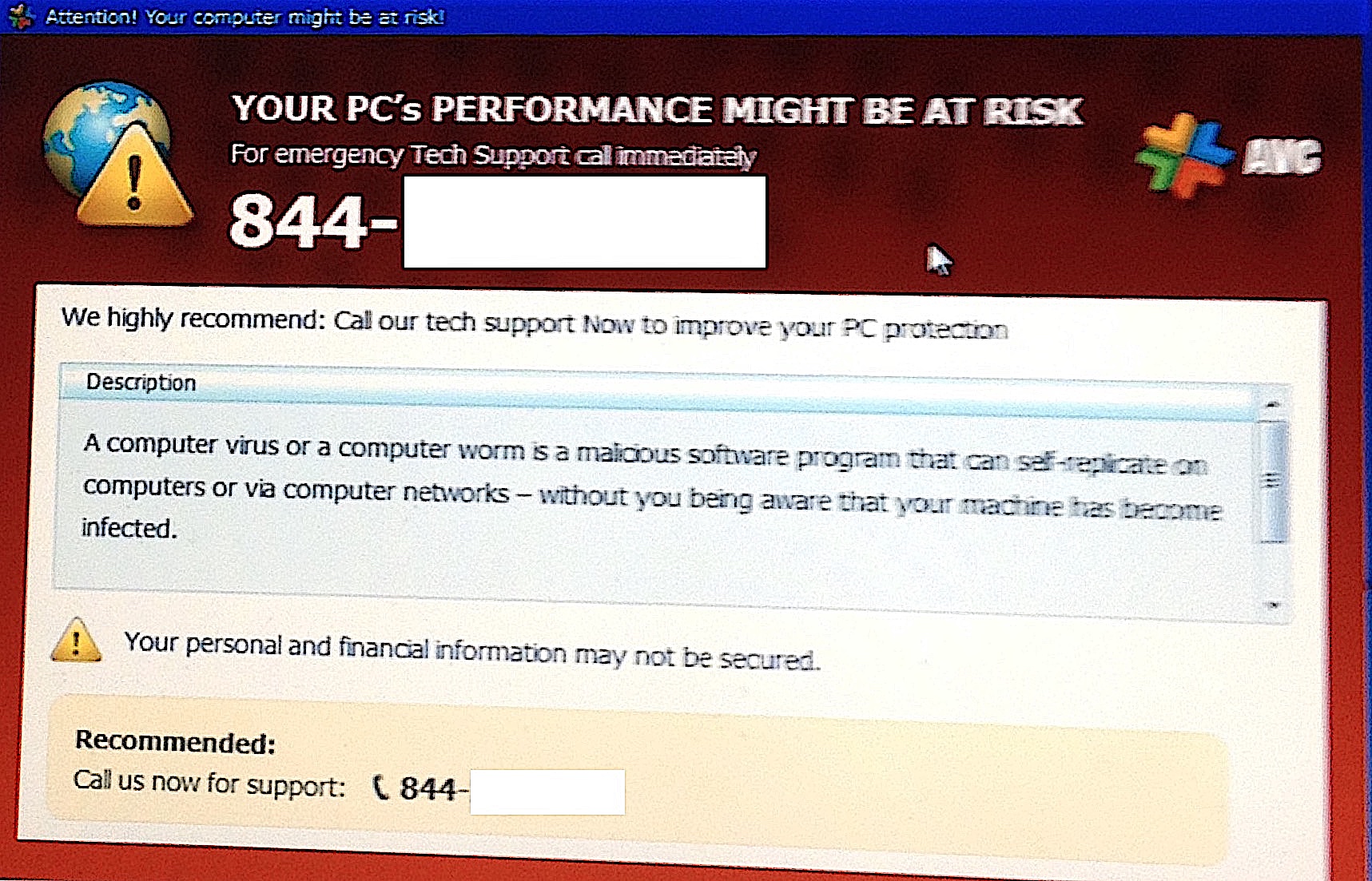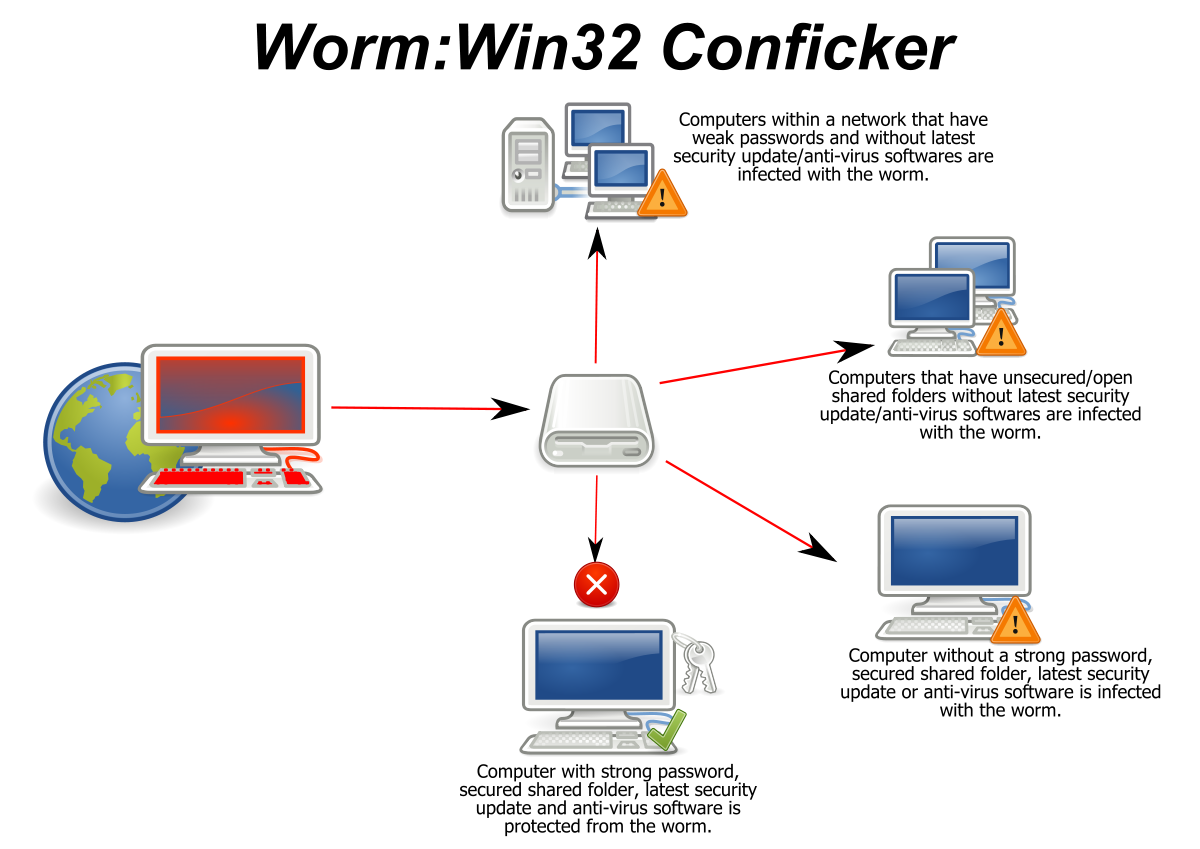As a computer user, it is crucial to be aware of the threat posed by CPU utility viruses. These malicious programs can severely impact the performance and functionality of your device, causing significant disruptions to your daily activities.
Overview and Types of Viruses

Viruses are malicious programs that can cause significant damage to computer systems. In the case of CPU utility viruses, these specifically target the central processing unit (CPU) of a computer. They exploit vulnerabilities in the operating system or other software to gain control over the CPU and use its resources for malicious purposes.
There are several types of CPU utility viruses that users should be aware of:
1. Memory Resident Viruses: These viruses reside in the computer’s memory and can be difficult to detect. They can replicate themselves and infect other files or programs, leading to system slowdowns and crashes.
2. Boot Sector Viruses: These viruses infect the boot sector of a computer’s hard disk drive. When the infected computer is booted up, the virus is loaded into memory, allowing it to spread to other files and potentially damage the system.
3. Macro Viruses: These viruses are embedded in documents or spreadsheets, typically using macros. When the infected file is opened, the virus is activated and can execute malicious code, potentially corrupting or deleting files.
4. File Infector Viruses: These viruses infect executable files, such as .exe or .dll files. When the infected file is executed, the virus is activated and can spread to other files, causing further damage to the system.
5. Polymorphic Viruses: These viruses are designed to change their appearance each time they infect a new file, making them difficult to detect by antivirus software. They often use encryption or obfuscation techniques to evade detection.
To protect against CPU utility viruses and other malware, it is essential to have reliable antivirus software installed on your computer. Regularly update the antivirus software and perform system scans to detect and remove any viruses that may be present.
In addition to antivirus software, keeping your operating system and other software up-to-date with the latest patches and security updates is crucial. These updates often address vulnerabilities that hackers can exploit to gain access to your system.
It is also important to exercise caution when downloading files or clicking on links from unknown or untrusted sources. Be wary of email attachments, peer-to-peer file sharing networks, and suspicious websites. Always verify the source and legitimacy of files before opening or executing them.
If you suspect that your computer may be infected with a CPU utility virus or any other type of malware, it is crucial to quarantine the infected files and isolate them from the rest of your system. This can help prevent further damage and spread of the virus.
Furthermore, consider implementing a firewall to monitor and control incoming and outgoing network traffic. This can help prevent unauthorized access to your system and block malicious connections.
By taking these precautions and staying vigilant, you can protect your computer from CPU utility viruses and other forms of malware. Regularly backing up your important files and data can also help mitigate the impact of a potential virus infection.
Infiltration and Spread Methods

| Method | Description |
|---|---|
| Email Attachments | The virus is hidden within an email attachment, which when opened, executes the virus code. |
| Malicious Websites | The virus is hosted on a website, and when a user visits the site or downloads files from it, the virus infects the system. |
| Software Downloads | The virus is bundled with seemingly legitimate software downloads, and when the user installs the software, the virus is also installed. |
| Removable Media | The virus spreads through USB drives, external hard drives, or other removable media devices when they are connected to an infected system. |
| Network Vulnerabilities | The virus exploits vulnerabilities in network protocols or weak security settings to infiltrate and spread across connected systems. |
Prevention and Cybersecurity Education

- Importance of prevention in safeguarding against CPU utility viruses
- Cybersecurity education as a key defense against CPU utility viruses
- Understanding the symptoms and signs of a CPU utility virus infection
- The role of up-to-date antivirus software in preventing CPU utility viruses
- Regular system scans and updates to detect and remove potential threats
- Safe browsing practices to minimize the risk of CPU utility virus infections
- Creating strong and unique passwords to protect against unauthorized access
- Being cautious with email attachments and downloads to avoid malware infections
- Utilizing firewalls and security software for added protection
- Data backup and recovery strategies to minimize the impact of a CPU utility virus
- The importance of regular software updates to patch vulnerabilities
- Recognizing and avoiding phishing attempts to protect sensitive information
- Creating a cybersecurity culture through awareness and training programs
FAQs
Why is my CPU usage so high all of a sudden?
Your CPU usage may be high all of a sudden due to various factors such as long loading times, sluggish performance, and unexpected crashes. To investigate further, you can check the detailed CPU usage information in the Performance tab of the Task Manager. In some cases, outdated drivers on older computers can cause high CPU usage, so updating these drivers might help resolve the issue.
Can a used CPU have a virus?
Can a used CPU have a virus? Yes, a used CPU can have vulnerabilities that may allow a virus to attack your computer.
How do I clean my CPU virus?
To clean a CPU virus, you can follow these steps:
1. Download and install a reliable virus scanner.
2. Disconnect your computer from the internet.
3. Reboot your computer in safe mode.
4. Delete any temporary files.
5. Run a virus scan using the installed scanner.
6. Delete or quarantine the detected virus.
How do I know if my CPU has a virus?
To determine if your CPU has a virus, look for signs such as a significant decrease in computer speed, unexpected shutdowns or restarts, missing files, frequent system crashes, frequent error messages, and unexpected pop-up windows.

